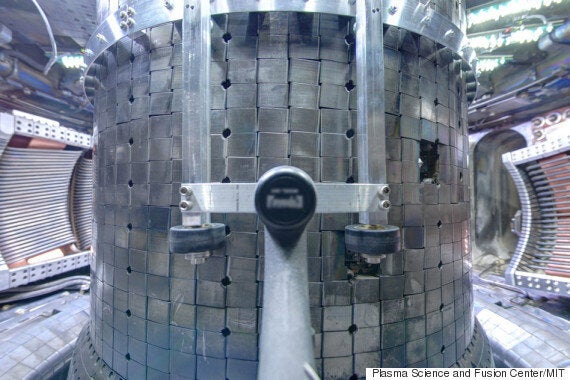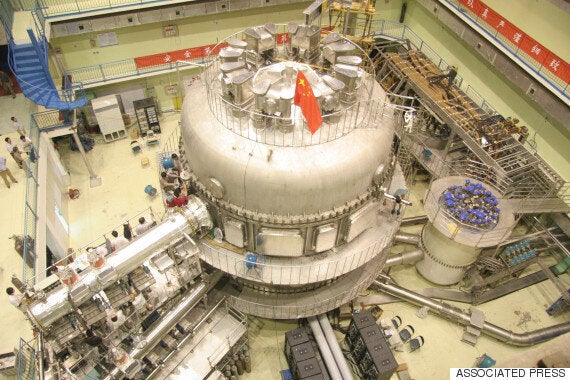Researchers may finally have overcome one of the biggest obstacles to making nuclear fusion live up to its dream of giving us clean, virtually limitless energy.
One of the biggest hurdles in getting the elusive technology to work has been understanding how the fusion process actually works under such intense heat.
While we fundamentally understand the principle (getting a heavy form of hydrogen atoms to stick together to create helium) it has been extremely difficult to predict how the hot gas will behave.
SEE ALSO:
This has been a big problem, while we've been able to create the heat and pressure needed (and indeed create fusion), various form of turbulence have taken place within the gas causing the heat to drop and in turn breaking the fusion process.
Well now researchers at MIT’s Plasma Science and Fusion Centre, in collaboration with others at the University of California at San Diego, General Atomics, and the Princeton Plasma Physics Laboratory believe they've finally worked out how to predict this turbulence.

A view inside the Alcator C-Mod Tokamak reactor.
Using some of the world's most powerful supercomputers the researchers were able to create an almost exact model of the plasma inside the reactor and discovered something completely unexpected.
The turbulence was actually being caused on two very distinct levels, both at the ion level and at the far far smaller electron level. It had until now been presumed that the ion turbulence would simply overpower the smaller turbulence but these models now show that they're intrinsically linked, and impossible to separate.
To recreate the conditions needed the team used supercomputers containing 17,0000 processors with the computation taking a staggering 37 days to complete.

China has become the latest country to join the race in creating the first sustainable fusion reactor.
To try and accomplish the same set of six simulations on a normal MacBook Pro would have taken around 3,000 years.
With the mystery solved, researchers can now better understand how the plasma reacts and then in turn start working on fundamental ways to combat it.
Fusion reactors have become the 'holy grail' of energy production thanks to the benefits they offer over conventional methods. For starters they don't require fossil fuels like coal-powered power plants and then produce a tiny amount of nuclear waste compared to the current fission reactors we use in nuclear power stations.